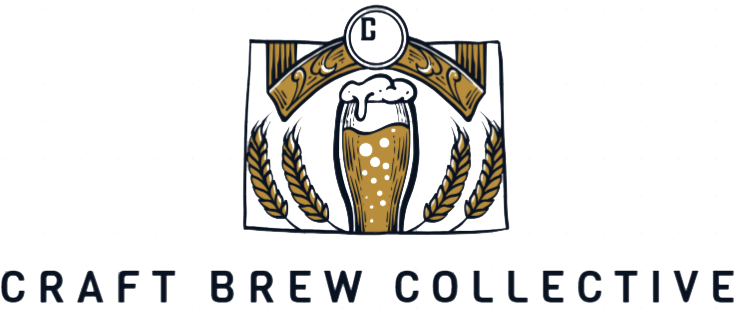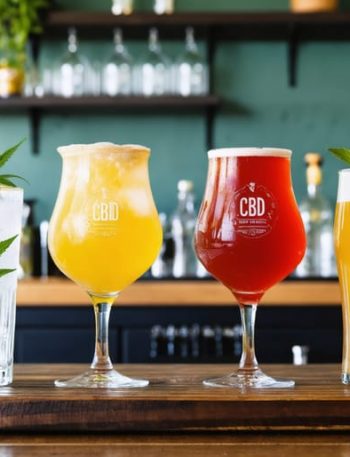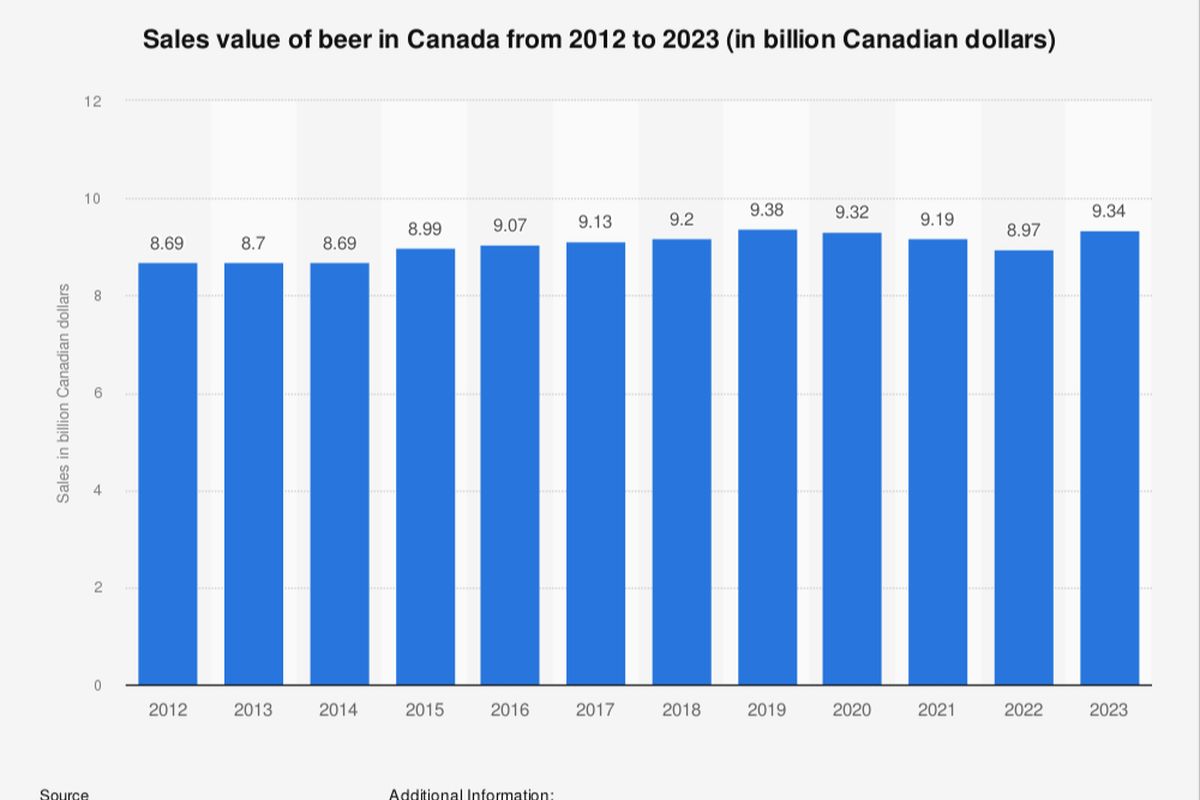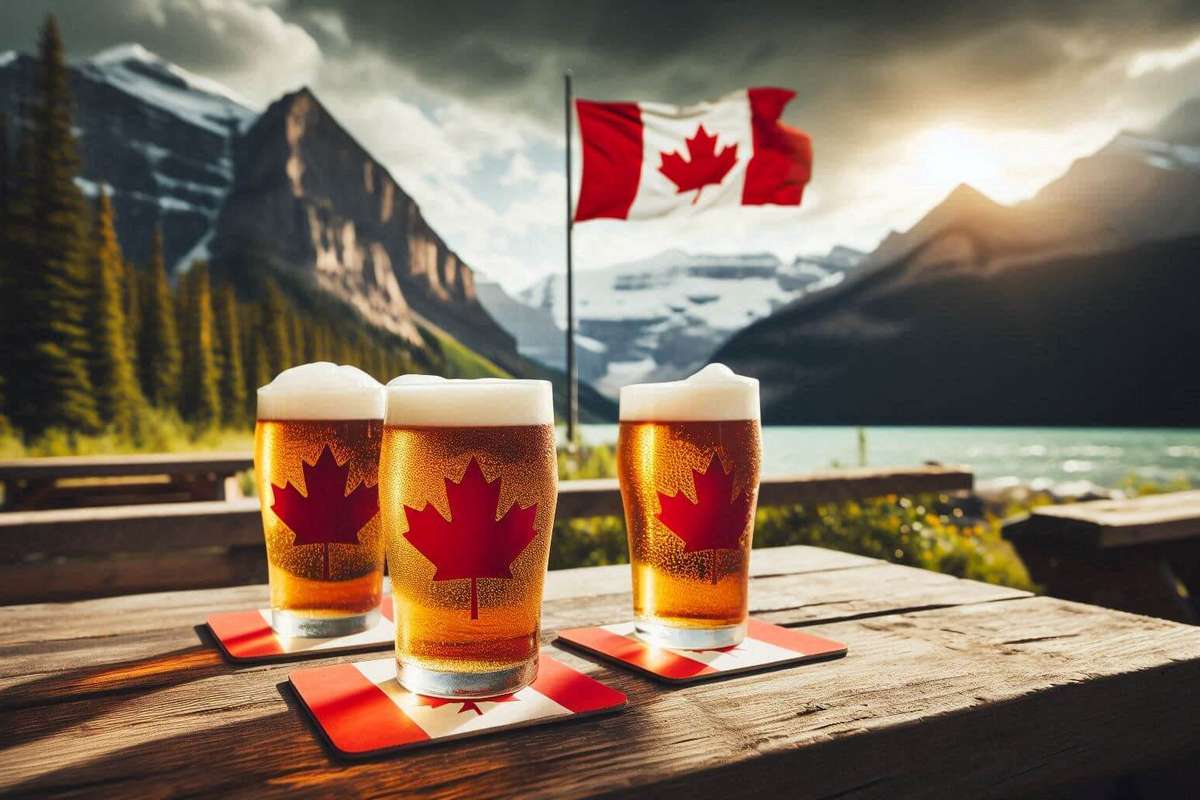The history of beer in Canada is rich and stretches back hundreds of years, shaped by the country’s diverse cultures and changing landscapes.
Small Beginnings
Beer arrived in Canada with the first European settlers in the early 1600s. French explorer Samuel de Champlain, often credited as one of the founders of Quebec, was among the first to brew beer in the region.
He brewed a primitive form of beer to help prevent scurvy among his crew during the cold winters. Though this was not beer as we know it today, it marked the beginning of brewing in Canada.
As more Europeans settled, brewing became more established. In the mid-1600s, New France (now Quebec) saw the opening of some of the first commercial breweries. These early breweries catered to local populations and offered alternatives to imported European beers, which were difficult to transport.
By the late 1700s, English and Scottish immigrants brought their beer traditions with them to Canada. This era saw a shift towards ales, which were more common in the United Kingdom.
Brewers began experimenting with different types of hops and barley, resulting in a variety of new flavors.
Booming Industry
The early 1800s was a significant period for beer in Canada. John Molson, a prominent figure in Canadian brewing history, established the Molson Brewery in Montreal in 1786. Molson’s brewery is the oldest continuously operating brewery in North America and helped set the stage for Canada’s beer industry.
Around the same time, Alexander Keith, another iconic name in Canadian beer, started his brewing company in Halifax in 1820.
Throughout the 19th century, beer continued to grow in popularity. The development of the railway system made it easier to distribute beer across the country, allowing breweries to expand their reach. As cities grew, so did the demand for beer. By the early 1900s, Canadian breweries were booming.
However, Canada faced challenges with the introduction of Prohibition in the early 20th century. From 1918 to the late 1920s, various provinces enforced Prohibition laws, making the production and sale of alcohol illegal.
Some breweries survived by making non-alcoholic products, like soft drinks or malt beverages, while others shut down entirely.
Prohibition ended at different times in each province, and beer-making soon picked up again.
The post-Prohibition era saw large breweries like Molson and Labatt dominate the Canadian beer market. These companies focused on producing lagers, which became the most popular beer style in the country. Lagers were light, refreshing, and easy to drink, making them appealing to a wide audience.
Rise of Craft Brewing
In recent decades, Canada has witnessed the rise of craft brewing. Starting in the 1980s, small, independent breweries began to pop up, offering new and unique flavors. This trend continues today, with craft beer becoming a significant part of Canada’s beer culture.
From its humble beginnings with European settlers to today’s vibrant craft beer scene, beer has been an important part of Canada’s history and culture. Whether it’s a classic lager or a bold, hoppy IPA, beer remains a beloved beverage across the country.





